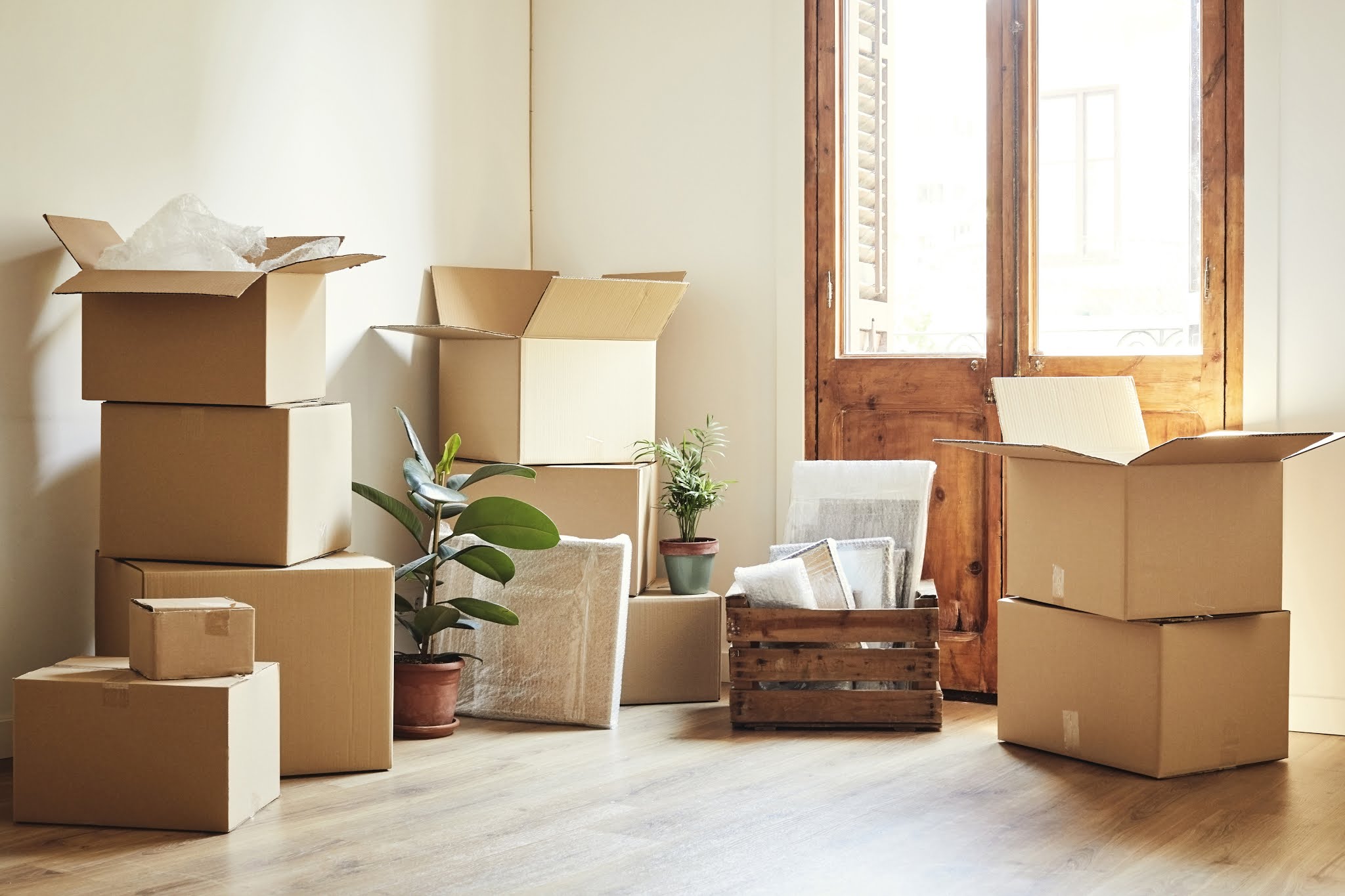Guide to moving house: Everything you need to know when you move
Moving is one of the most time-consuming and stressful experiences and the process is even more difficult when you do not have a guide to help you stay on track.
Minimal, adorable, and mortgage-free - that's what you get if you move into one of your small homes.
One of the most stressful, time-consuming experiences is packing fragile items, house belongings, furniture, and moving. Moving house is no one interesting task.
It is even more amazing when there is a tidal wave of information from various websites that share their best tips for house moving.
It is difficult to know which one is the best, so here are some of the best choices to help you guide the process for a smoother transition to a new home.
Shifting from an old to a new home can be an overwhelming process. Some professional house movers Melbourne company provide removal packages and kits that are designed to make the process easier.
Tips to Moving House.
The Planning Stage:
The Moving House planning process can be long and tedious, but Singh movers professional house movers share some good insights on planning before moving the day.
It says taking the time to plan ahead can provide enough time to pack your home properly for a less stressful move.
One good piece of advice to remember, and is a must-do ahead of time, is to book a professional cheap removalist in Melbourne well before the moving date. This gives time to think about the packaging phase and to sort through things to keep or give away.
Being well prepared ensures that if something happens unexpectedly, the drawers are packed and ready to go.
The important changes such as residential address and moving equipment and tools closer to the move date are another tip that will make the process much smoother.
Deliveries for the move are a priority in the planning, so it is a time-efficient method to calculate which packaging materials are needed.
Another important thing to remember is the best day that holds the belongings to the new house. Friday is traditionally the day to move, considering that the weekend can be used to unpack.
But moving companies are generally quieter on weekdays according to Two Men And A Truck removal companies and often find the prices cheaper.
The Packing Stage.
The best place to start is packing that are not necessary household items that are not needed during the move, e.g. storage items, kitchenware, bedding, and bathroom items and clothing.
Professional Movers says that labeling these boxes after packing is a safe way to give instructions or details about where they go after the move.
A useful tip to ensure that a box is not lost during the move is to practice taking an inventory - numbering the boxes and ticking them off as it goes to help keep track of their movements.
We suggest that food in the refrigerator that does not have a long perishable period be consumed before moving. Otherwise, pack the materials of the refrigerator in a travel cooler for the last two days before moving to allow the refrigerator to settle.
Once the refrigerator has been moved to the new location, let it settle before storing food.
The Moving Day.
If all had gone well, furniture dissembling is the last thing that is done on a moving day.
keep all parts and pieces together, the smaller pieces in a zipper bag taped to the furniture it belongs to.
A life hack from the guide says that loading the car with kitchen items in a box, while the removals are unloading the furniture, gives the opportunity to set up the kitchen in your new home.
The following days are for cleaning and mostly decoration.
A new home is the beginning of a space that draws people in by decorating art - this step is probably the most fun part of the movement process.
Packaging experts recommend that you make a checklist to keep order when you move house.
The Moving House Checklist.
- Prepare your belongings and appliances. Be sure and check drain liquid from the washing machine and defrost the freezer beforehand. Check the condition of items and review inventory
- change your registered address. This includes your tax, and banking information, driving license, Australian Election Commission, car register, subscription services, and any health services.
- Confirm the dates, times, and addresses the day before you move.
- Make sure you have enough packing tape, boxes, a magazine, and newspaper for wrapping fragile and delicate items, a permanent marker for labeling each box, and sheets to protect furniture.
- Organize your insurance. Change of address often means changes to your insurance premiums.
- Clean your previous address for any final inspections and check that you have not left anything in your old home.
- If you rent, fill in a condition report with both the new and the old addresses. Take lots of pictures of existing damages - this saves you grief when you apply to get your bond back.
- Check all keys, water supply, and electrical accessories at your new home.
- Inform your colleagues and family members about your new address.
- Start decorating and furnishing your new home. Put beds together, and arrange the kitchen and living room as a priority
If you follow this house moving checklist next time you move, it will make for an easy, efficient, and stress-free moving process. All that’s left to do is sit back, relax, take a cup of coffee and enjoy your new home.













